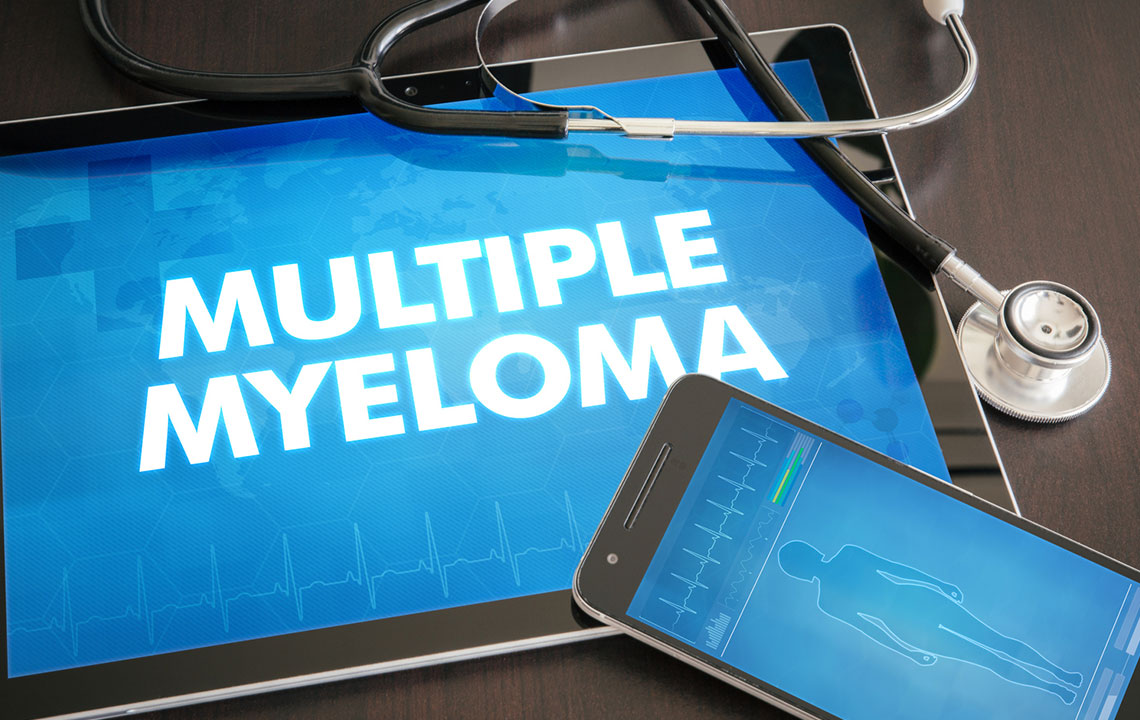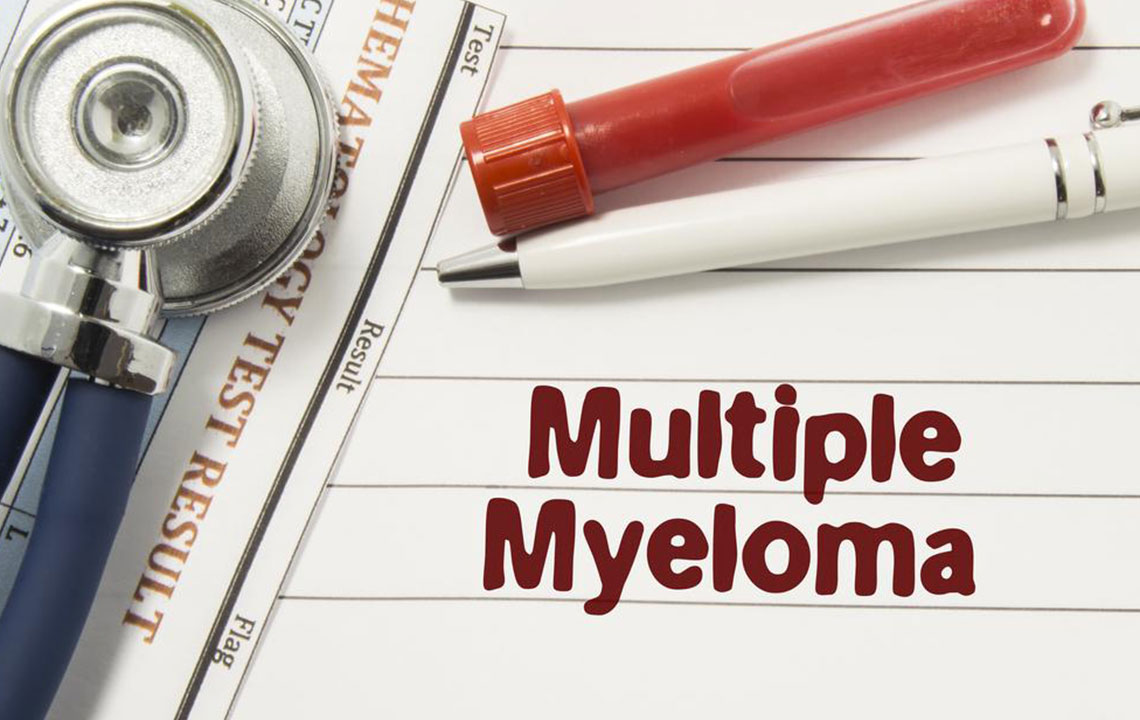Tips for Reducing the Risk of Developing Multiple Myeloma
This article explores ways to understand and potentially reduce the risk of developing multiple myeloma. It highlights key risk factors such as age, chemical exposure, smoking, and genetic considerations. While there is no definitive prevention method, awareness of these factors can support early detection and proactive health management. The content emphasizes the importance of consulting healthcare professionals for advice specific to individual health conditions. Understanding these aspects can empower individuals to make informed choices about their health and reduce associated risks.

Strategies to Lower Your Risk of Multiple Myeloma
Understanding multiple myeloma helps shed light on its nature and impact. It is a blood cancer originating in plasma cells, the white blood cells responsible for producing antibodies to combat infections. Although there is no guaranteed way to prevent multiple myeloma, knowing its risk factors can aid in awareness and early detection.
Risk Factors
While prevention isn’t always possible, certain factors may increase susceptibility. Key risk factors include smoking, history of other cancers like lung cancer, and previous plasma cell disorders such as solitary plasmacytoma.
Other contributing factors involve hereditary aspects, although multiple myeloma itself is not directly inherited. A sibling with the disease may suggest a genetic predisposition. Additionally, immune system deterioration plays a role, often linked to chemical exposure.
Risk increases with exposure to chemicals, pesticides, plastics, heavy metals, and petroleum products. Age is a significant factor, with most diagnoses occurring after age 45, and a majority over 65. Despite these links, studies show that many diagnosed individuals lack these risk factors, indicating the disease can occur spontaneously.
Important Notice: This article provides informational content on symptoms, treatments, and health risks. It should not replace professional medical advice. Always consult qualified healthcare providers for diagnosis and treatment decisions.










